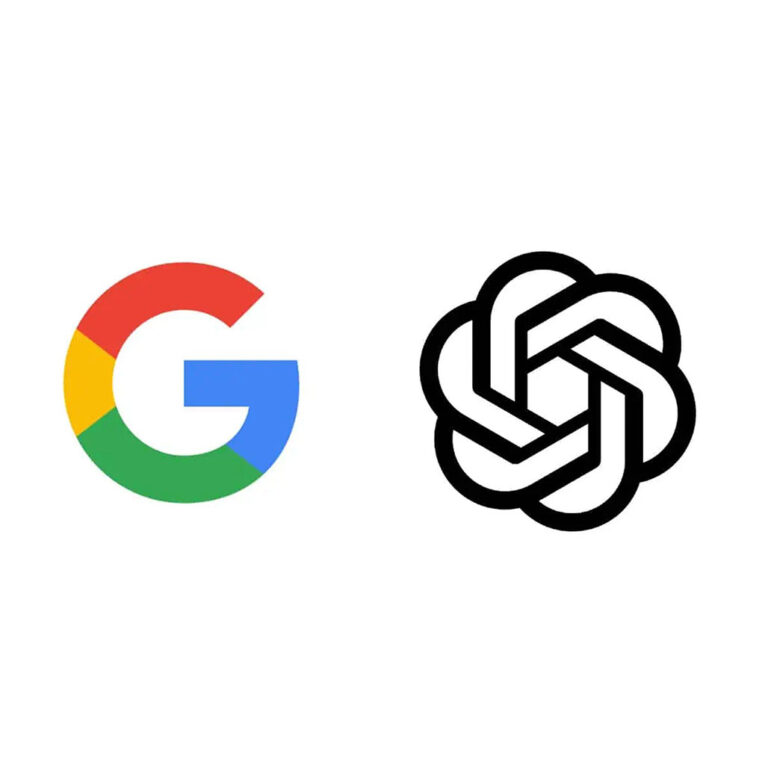Google Bard AI and ChatGPT are pioneering AI technologies that each come with their own distinct contributions and respective limitations. We tried to undertake an impartial assessment that can help us appreciate the nuances of each platform. Understanding the differences between Google Bard AI and ChatGPT will allow you, at least in the first instance, to determine which solution is right for your particular use-case.
Google Bard AI leverages real-time web data, providing prompt and relevant information. However, the depth of conversational engagement may not be as robust as ChatGPT’s, which has been specifically fine-tuned for rich, human-like interactions.
ChatGPT impresses with its ability to construct and sustain conversations that mimic human interaction, making it incredibly user-friendly for dialogues and content creation. Yet, without real-time internet data access, it may sometimes lag in providing the latest information, unlike Google Bard AI. Improvements in this area for ChatGPT appear to be progressing at a rapid rate.
Integration vs. Flexibility: Weighing the Benefits
Google Bard AI offers a smooth user experience tightly integrated with the Google ecosystem. As you interact with various services like Google Docs or Google Maps, Bard AI anticipates your questions and provides relevant information before you even ask. This can entirely change how you manage tasks, from setting reminders based on an email you received to finding the best route for your next appointment.
Yet, this same integration could set limits for Google Bard AI, binding it to the functionalities available within Google services. For those preferring not to rely solely on the Google ecosystem for all their tech needs, this may pose a limitation, restricting the otherwise robust AI’s advantages to just one environment.
ChatGPT’s API stands out for its broad adaptability, permitting deployment across a wide range of applications and platforms. Whether it’s enhancing customer service chatbots or developing engaging educational programs, ChatGPT’s flexibility opens up possibilities for tailored AI experiences across sectors. For developers looking to integrate advanced conversational AI into their offerings, ChatGPT presents an optimal, platform-agnostic solution.
Training Approaches: Upsides and Downsides
ChatGPT’s training spans a vast array of data, crafting it into a tool ideal for rich, varied dialogues. Its wide knowledge helps it excel at engaging in general conversational tasks. However, its static dataset means it isn’t equipped for updates on topics that evolve post-training, which may limit its responses to what it knew at the time of its last update, or until real-time internet and knowledge access are available in a consistent and sustainable manner.
Conversely, Google Bard AI pulls from the web in real-time, serving users the latest information. This means it can deliver content that’s current, which is incredibly useful for topics that change day-to-day. Yet, in focusing on delivering speedy answers, it may sometimes bypass the nuanced understanding that ChatGPT, with its vast training data, provides.
Utilising AI in Everyday Tech: A Dual Perspective
Google Bard AI has the potential to streamline our experience with Google’s suite of products, making tasks like trip planning or information retrieval more intuitive. ChatGPT’s potential shines in providing conversational assistance, educational support, and creative content development, though it may not always have the most current information at its disposal.
Both AI models serve as vital tools in their respective domains, with potential overlap in areas like providing help guides or FAQ sections in various applications.
The machine learning algorithms fueling both Google Bard AI and ChatGPT signify an evolving journey towards more intelligent and intuitive AI. As they learn and adapt, both models are poised to offer more sophisticated responses and solutions to user inquiries.
The tools may share certain future capabilities, such as enhanced natural language processing and a more profound understanding of user context and needs.
Prospective Impact on Industries: Leveling the Field
ChatGPT could be a game-changer for industries that demand a sophisticated level of human-like interaction; think creative writing, personalised customer service, or adaptive learning platforms. Google Bard AI, with its strength in leveraging real-time data, might be more suitable for fast-paced environments that require up-to-the-minute information, such as financial forecasting or news analysis.
Neither AI system is universally superior; instead, their respective advantages would apply differently across various industry needs.
Google Bard AI and ChatGPT each have unique advantages that cater to different needs. By appreciating what each AI does best and understanding their limitations, users and industries can make informed decisions about how to deploy these technologies effectively. As these AIs evolve, they’ll likely carve out their own specialised uses, contributing uniquely to the tapestry of our digital lives.

